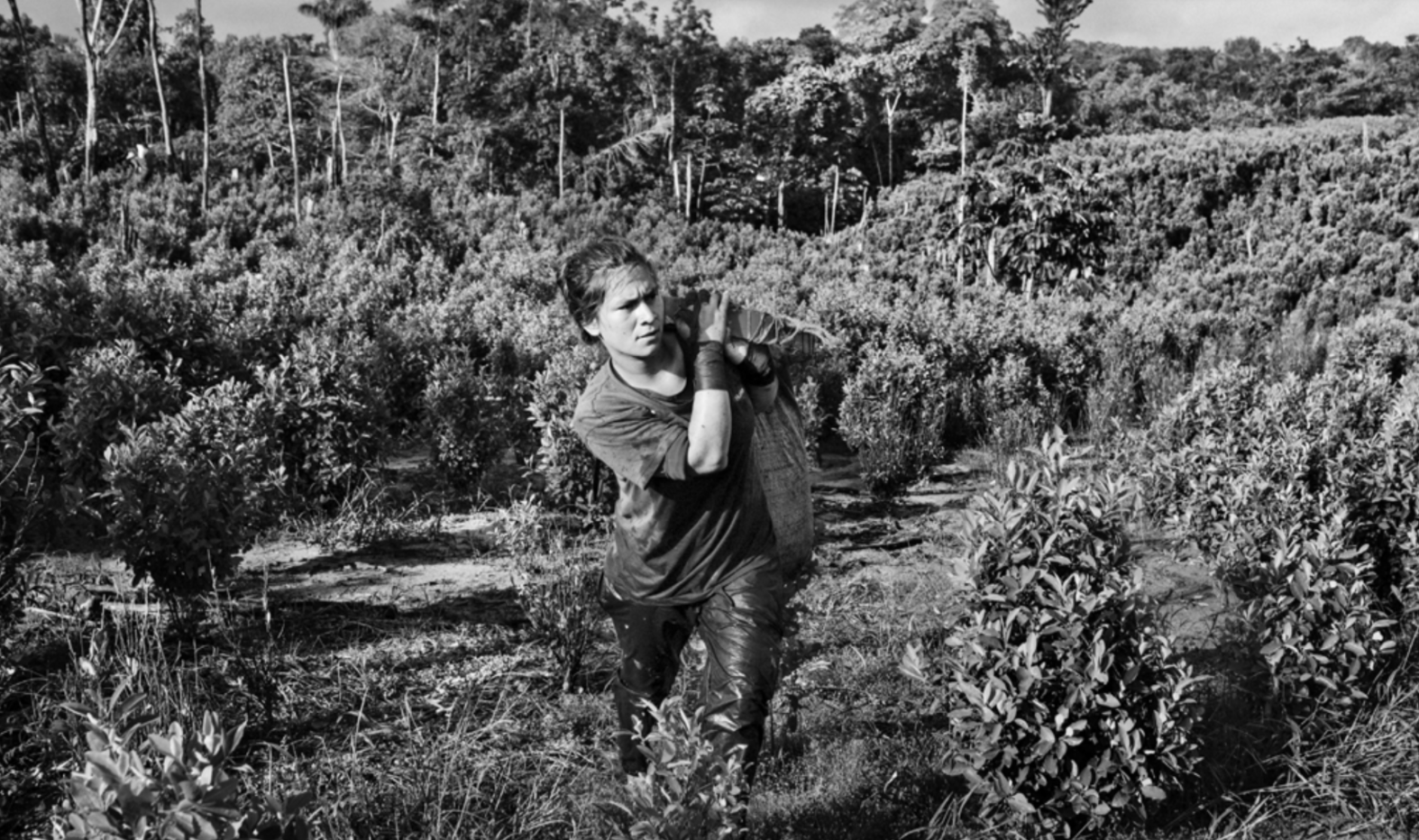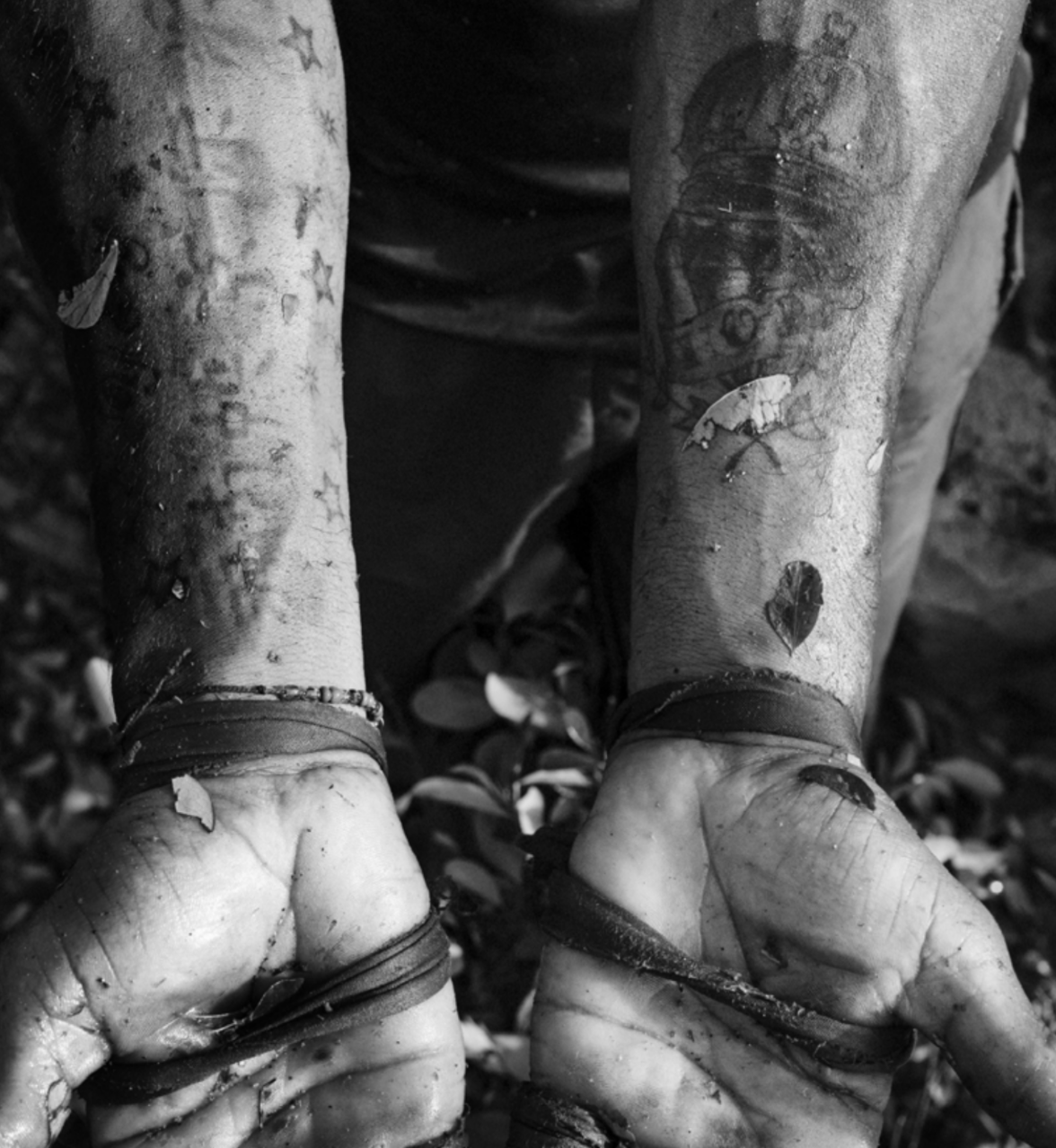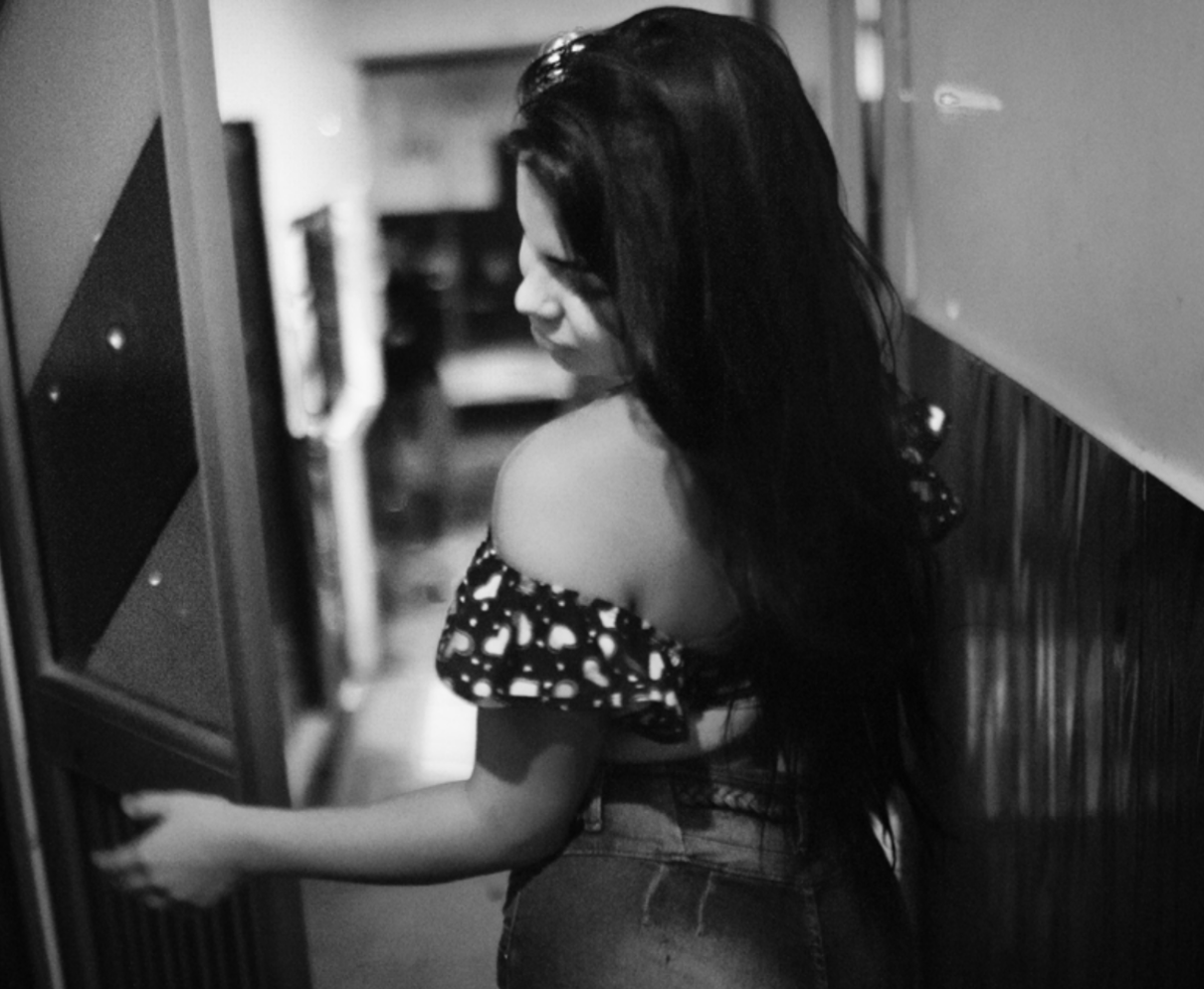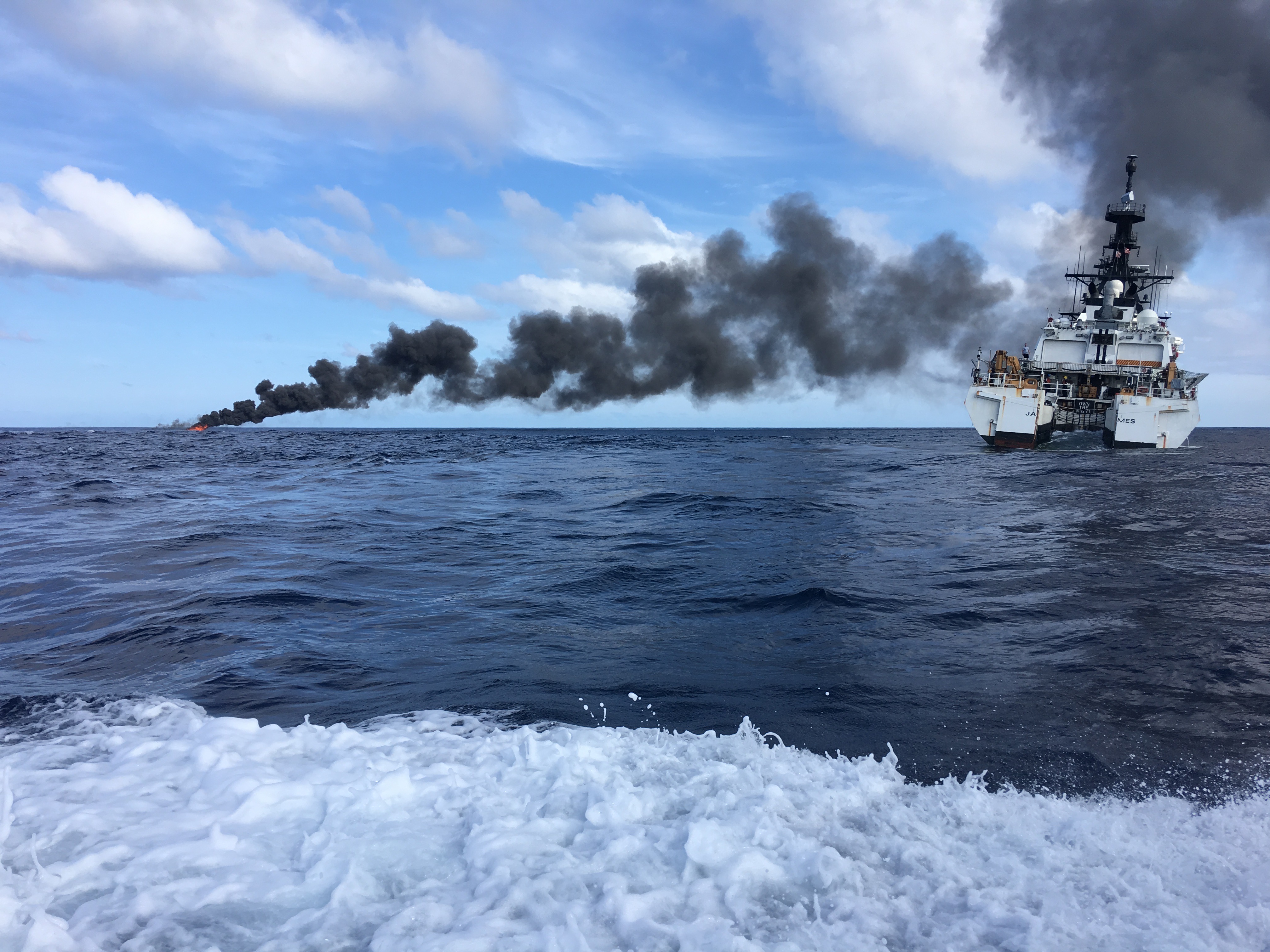Co-caine. The name alone echoes Cain and would mark the business from the start, brother slaughtering brother. A trade that corrupts countries, distorts economies, employs hundreds of thousands, and makes monsters multibillionaires. A life in cocaine has that nervous energy of a casino where everyone keeps winning money, sex is everywhere, and at any moment, someone might step up and put a bullet in your head. That’s the deal in cocaine and everyone knows it.
The drug of glamour. The champagne of narcotics, the drug of the wealthy. And those who aspire to be. Exclusive and promiscuous. Cocaine follows the money. It was there for the bankers of New York and London in the 1980s, the Russian oligarchs of the 1990s. Now Colombian traffickers target China’s new entrepreneurs.
And there’s more of it around than ever before. You know it, we feel it. The U.S. found nearly 20 tons of cocaine in one operation last year, a record. Germany reported the same, Costa Rica too. In the UK the police are picking up more cocaine than ever before.
How did we get here? A failing peace process between rebels and the Colombian government let coca crops—cocaine’s raw material—spiral skywards. Colombia now produces more coca than ever, more than Pablo Escobar could have dreamed of. So, you might say that Colombia has failed the world. You’d be wrong. The world has failed Colombia. No country has seriously reduced their demand for the drug. This business runs on the richest countries’ demand.
The drug of the rich, the snort of glamour, a narcotic of lust. A business of cash, sex, and murder. Cocaine begins in dirt. Uncountable mountains never meant to be tamed and ominous jungles. This bus is heading straight for Colombia’s badlands.
Every step forward we take, another layer of society falls by the wayside. The last hospital, the final supermarket, no more libraries. They all flow past us as we drive ever toward the jungle. The paved roads come to their end. Now we press on beyond where the roads end. The final military checkpoint, soldiers with darting glances, worried eyes. The last glimpse of the state, the end of government. Cocaine country. This is the end. This is the beginning of the cocaine trade. Here is where the kilo of cocaine is born. There is no functioning state, no steady employment. Abandoned by their government, many farmers see no alternative to this plain-looking bush, coca. In the absence of everything, you understand why cocaine.


Twenty-five laborers move across the field, picking coca. Maria sweats under the merciless sun ripping the leaves off this plain-looking green bush. It’s hard work, but the only job around for this Venezuelan immigrant. Maria remembers a life in Venezuela of going to bed hungry, of waking up to see her mother crying. As her family lost weight, she was literally starving when she walked across the border into Colombia. She kept walking and kept asking for work until a farmer nodded and sent her to the coca field. She earns $2.50 for every 11 kilos of coca leaves she picks. She carries forty kilos through these baked lands. She walks to a “laboratory”, a grand term for a jungle shack. Pedro receives Maria’s leaves. He will turn those leaves into coca paste, one stop short of pure cocaine. “This helps keep people alive. But no one is getting rich off this,” he says, pointing to a ton of coca leaves.
Through these rainforests march narco-militias, heavily armed men and women fighting and dying to control cocaine. Above in the skies, a pilot keeps the police Blackhawk helicopter high, to avoid snipers. Out the window, Captain Max Perez looks at these lawless lands’ hectares of coca. The helicopter lands hard and fast in a field of coca. A policeman prays before jumping out of the chopper. War prayers. He knows what’s out there: the narco-militias have strewn landmines throughout these fields of coca. Take my coca and I’ll make you bleed. The police are here to destroy the crops and get out before the narco-militia can counter-attack. Standing amid the bushes, Perez scans the gnarled jungle face when the shots come in and we duck.
A town celebrates another weekend of cocaine. The farmers have sold their coca paste to the narco-militias. Now is the time for booze and women. A drunken man wanders a billiard hall, a beer in his hand, blood splattered across his t-shirt.
“They call me ‘Highway Machete.’”
Why’s that? I ask.
“Lots of fighting. On the highway. With my machete. Took a man’s arm off.”
In her bedroom in the brothel above the billiard hall, Rosario thinks on all the drunken coca-farmers she’ll have sex with tonight. If she can manage eight, she can save more for her daughter back in Venezuela. Outside lurk the narco-militias and the next gun battle through the small town’s streets is a matter of days if not hours.

“We are in the apocalypse. There’s so much evil in the world. The innocent are cheated, murdered, raped. Countries are at war. More war. Strange things happen that we can’t explain. This is our world. This is what we deserve. . . . But I don’t deserve this life.”
Such life has passed across this face, through this body. This woman has seen more of humanity in this ghastly cell than I’ll see in several lifetimes.
“How old are you?”
“Nineteen.”
When narco-militias clash, the murder flows like a geyser. Here in the municipality of Tibu in northeastern Colombia, the year I’m there will end with a homicide rate of 240 per 100,000. That is not crime. That is an epidemic. Yet in cruelty and despair, sometimes a divine madness emerges and murder creates beauty.
To the southwest, Puerto Berrio sits by the Magdalena river, a beautiful landscape of legends and myth. The old gods stomp through these forests. When the violence flared here, killers dumped bodies into the river and they drifted by the town. Someone made a decision. No one remembers who, but a tradition was born. The town decided that it would fish out the floating bodies. Buried as John and Jane Does, these unmourned dead gently disintegrated and returned to the earth. And then—again, no one knows who, why, or when—the people of Puerto Berrio collectively decided to start a tradition of charity and solidarity. The people of the town started adopting the individual tombs of the disappeared. They tended the abandoned tombs. And in return, they prayed to the souls of the disappeared, asking for favors. And small miracles started to happen.
The kilos of cocaine are packed into a truck and driven out of the jungle madness. And after a few hours, they're delivered to Medellin and the traffickers. Dark techno music hammers throughout the club. Costly bottles of whiskey are pushed into hands, drug-dazed faces are illuminated by the club’s flashing lights, and the dust of the purest narcotics in the world hangs in the air. An aura of repressed violence pulses through the air, a spring compressed, a cobra coiled. There are no good people here tonight. The narcos’ girlfriends are draped in expensive dresses hugging bodies sculpted to the millimeter by the finest surgeons. The women smile, mouths curved in sex and cruelty. Pupils swelled by drugs, they look like mad queens. 2C-B is the narcotic of choice of Colombia’s narcos. 2,5-di- methoxy-4-bromophenethylamine. Synthetic, it’s sometimes here called “pink cocaine.” Imagine the “Fuck yeah!” of cocaine mixed with a light psychedelia of LSD.
The techno hammers hard and the men dance like punches. The dance of the damned. All know their ends are coming sooner, not later. Prison, murder, extradition to the United States. It’s coming. Enjoy tonight because tomorrow never comes: the philosophy of a life in cocaine.
In a restaurant, Alex sits at a table and plans for the future. His cocaine flows to Mexico and Europe. He’s what's called an “Invisible”, a low-profile drug trafficker, those who dress like international businessmen. The age of the celebrity trafficker—Pablo Escobar, Gilberto Rodriguez Orejuela, Carlos Lehder—those days are over in Colombia. Get your face on the front page and the countdown begins to your demise. No, traffic from the shadows and launder the money through the legal, international economy. Alex has enjoyed the riches and luxuries of trafficking cocaine. Now he ponders how he can leave a life of cocaine without becoming food for the wolves.
“You can’t leave,” Alex says. “No one trusts that you won’t deal with the authorities or the gringos.” He wants to see more order in the underworld. He has a plan.
A foreign drug mule walks into Bogota’s airport with four kilos of cocaine hidden in their suitcase. Destination London. They check in and are assigned seat 23C. And maybe the thought flashes through their mind: I can turn around. I still have time. But forward they walk toward the departures lounge.
Honest men and women built the highways that the cocaine now flows along. Last stop in Colombia, the Pacific Coast. Overfishing has left much of the waters off Colombia now dead. From here, set sail the famous narco-(semi)-submarines, vessels that glide under the waves, save for lone pipes that drag in oxygen and expel the exhausts. Sleek and determined as sharks, these narco-subs carry tons of pure cocaine.
Luis is a 55-year-old fisherman. He’s seen the fishing dry up in the vast, dark waters of the Eastern Pacific. Luis is illiterate and can’t remember the name of the disease that has paralyzed his wife. The medicine is expensive, so Luis borrows $1,200 from the loan sharks. His wife’s condition improves. Now Luis must repay the money. But the money ain’t there. The loan-sharks send a reminder: midnight men without mercy kick in the door of his shack and put a gun to his wife’s head. Final warning. So, Luis asks around if anyone needs someone to “make a trip up north.” Someone always does. He climbs into the speedboat with two other men and two tons of pure cocaine. When sold retail, this will be worth hundreds of millions of dollars.
Hidden aboard, the kilo races west across the Pacific Ocean, chasing a never-ending sunset. These are the wildest, loneliest waters on the planet, the eastern Pacific Ocean. This is the world of below, a landscape of the endless, punctuated by whales, sharks and dolphins. Destination: the Guatemala–Mexico border. From there on to the world’s biggest consumer of cocaine: the U.S.

The biggest cocaine corridor on the planet, the eastern Pacific feels like the earth’s end. So far from any steady land, a U.S. Coast Guard member leans on the ship’s rail and looks at the burning boat. An hour earlier, they unloaded tons of cocaine off the smugglers’ boat. The cutter doesn’t have the capacity to tow the smugglers’ boat and to leave it, a floating ghost ship, would endanger ocean traffic. So, they torch them, sending them to the ocean floor. The flaming boat upends, the yellows and oranges dance against the rich blue sky. Twenty of the crew take in the beautiful destruction. Nothing so pleases the human eye as annihilation. The boat is sinking and will soon be sucked to the bottom of the Pacific, baffling sharks, whales, and giant squids as it descends. A coast guard shudders. Eerie, he says, to see any boat sink. Eerie. The Coast Guard is happy with the tons of cocaine they seized that day. All know there’s a lot more out there.
These are the stories of cocaine infused into that gram of cocaine now cut into lines before you. In that ghostly white, do you smell the tropics? Does the sex throb out? In that dead white powder, can you feel the greed and treachery that moved it across continents?
These men and women of cocaine? Some are still out in the fields destroying coca and seizing cocaine on the high seas. Others are on the run, hunted by enemies. A few are dead by now. These are the natural ends to lives in cocaine. And on rolls the drug war that kills, maims yet never ends.
Kilo: Inside the Deadliest Cocaine Cartels—from the Jungles to the Streets by Toby Muse is published by Harper Collins.
from VICE https://ift.tt/2wcNGqs
via cheap web hosting
The Le_Meridian Funding Service went above and beyond their requirements to assist me with my loan which i used expand my pharmacy business,They were friendly, professional, and absolute gems to work with.I will recommend anyone looking for loan to contact. Email..lfdsloans@lemeridianfds.com Or lfdsloans@outlook.com.WhatsApp ... + 19893943740.
ReplyDelete